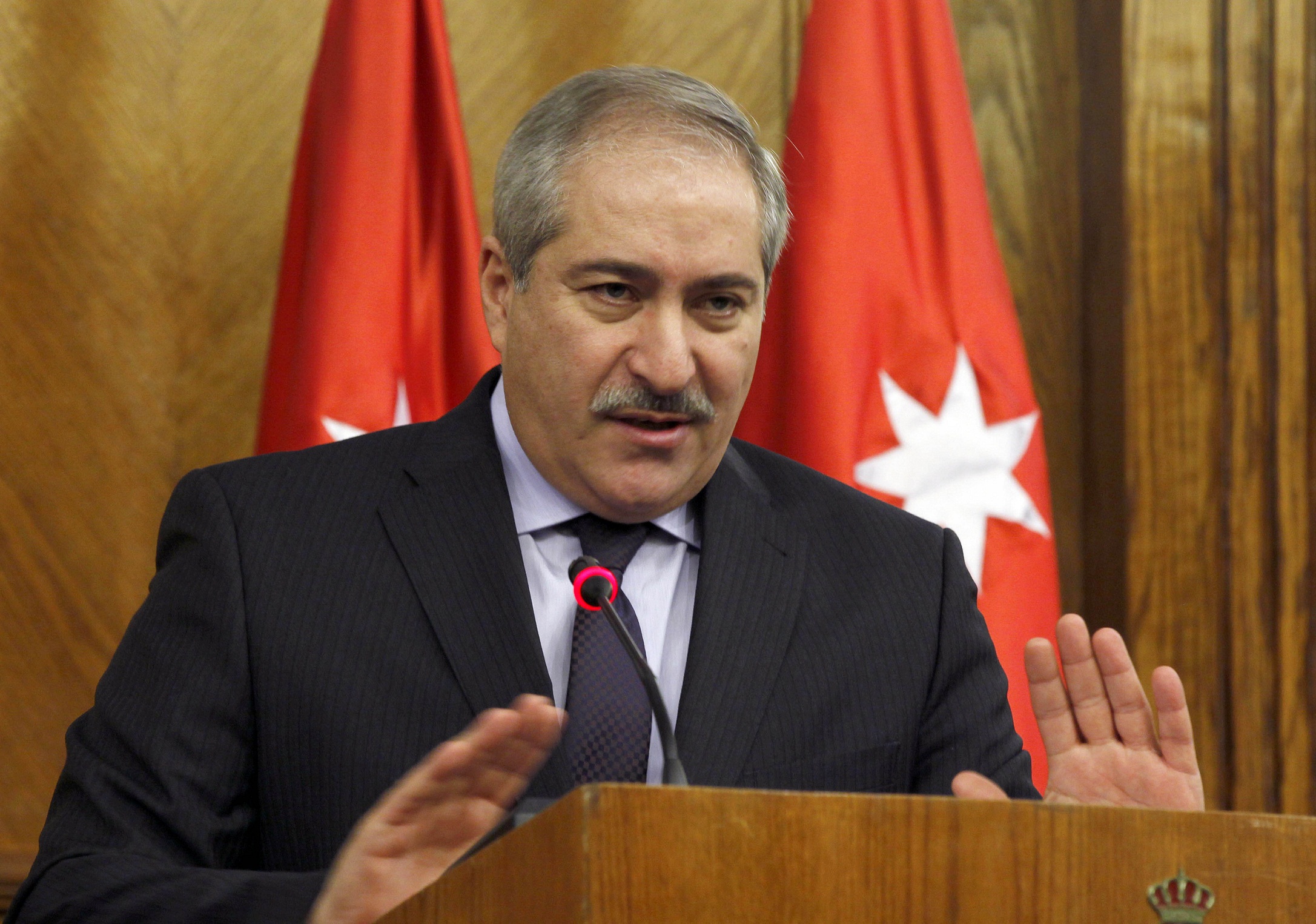Jordan’s foreign minister blames the “occupation” for the Temple Mount terror, and threatens even more dangerous crises.
As recently as the mid-20th century, when Arabs last controlled parts of Jerusalem, they exhibited no respect for the Holy City.
In 1948, when Jordan took control of the eastern part of Jerusalem, including the Old City, it divided the city for the first time in its 3,000-year history. Under the 1949 armistice agreement with Israel, Jordan pledged to allow free access to all holy places but failed to honor that commitment. From 1948 until the Six-Day War in 1967, the part of Jerusalem controlled by the Jordanians again became an isolated and underdeveloped provincial town, and its religious sites the target of religious intolerance.
The Old City was rendered void of Jews. Jewish sites such as the Mount of Olives were desecrated. Jordan destroyed more than 50 synagogues, and erased evidence of a Jewish presence. In addition, all Jews were forced out of the Jewish Quarter of the Old City adjacent to the Western Wall, an area where Jews had lived for generations.
For 19 years, Jews and Christians residing in Israel (and even Israeli Muslims) were barred from their holy places, despite Jordan’s pledge to allow free access. Jews, for example, were unable to pray at the Western Wall; Christian Arabs living in Israel were denied access to churches and other religious sites in the Old City and nearby Bethlehem, also under Jordanian control.
During Jordan’s reign over eastern Jerusalem, its restrictive laws on Christian institutions led to a dramatic decline in the holy city’s Christian population by more than half – from 25,000 to 11,000 – a pattern that characterized Christian Arabs in other Arab countries throughout the Middle East where religious freedom is not honored. It is worth noting that after Jordan annexed the West Bank in the 1950s, it too failed to make Jerusalem – a city that Arabs now claim as ‘the third most holy site of Islam’ – its capital.
It was only after the Six-Day War that the Jewish Quarter was rebuilt and free access to holy places was reestablished for all religions.









